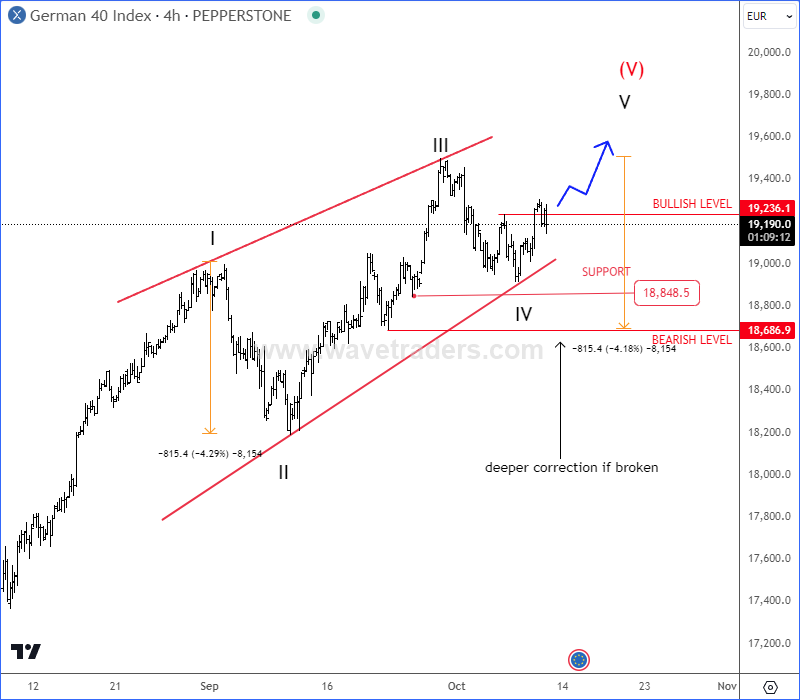The DAX, Germany’s most important stock index, has piqued the curiosity of technical analysts since it appears to be trading within a prospective wedge pattern, which indicates that there may be consolidation in the near future. This chart formation, marked by shrinking price moves, frequently precedes a breakout, which can occur either higher or lower, leaving market participants closely watching for the next move.
As investors struggle with bigger economic concerns, such as inflationary pressures and rising interest rates across Europe, recent price activity in the DAX suggests that upward momentum may be losing steam. The wedge pattern, often seen as a sign of trader hesitation, indicates that market players are waiting for clearer signals before committing to a strong directional trade.
While some analysts believe a breakout to the upside could be possible if the global economic outlook improves, others warn of risks to the downside. If the wedge breaks below its lower border, it would almost certainly confirm a negative trend, potentially driven by further economic headwinds or weaker corporate results.
As long as the DAX remains in this tight range, market participants are on high alert for any signs of a decisive move. In the coming weeks, as investors consider both domestic and international issues impacting the German economy, the direction of the breakout could be critical for the index.
For now, the DAX remains in a tight consolidation phase, with market sentiment divided between optimism for a rebound and concerns over potential downside risks.

















